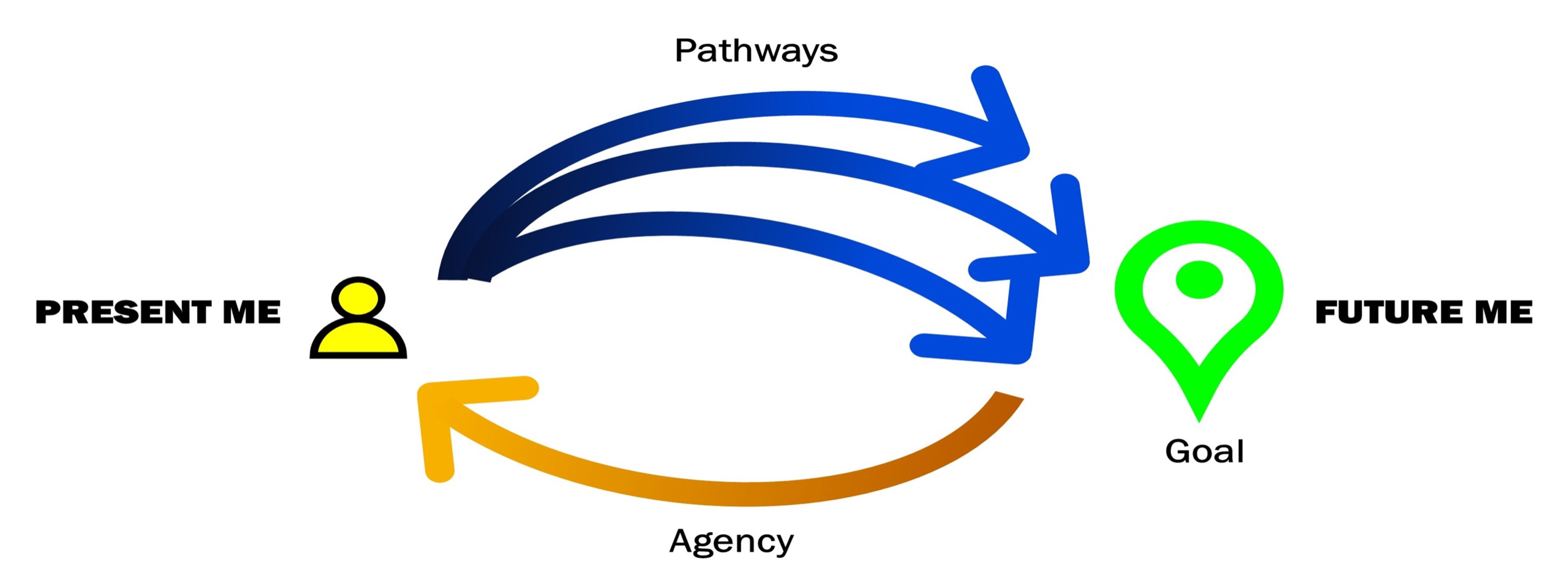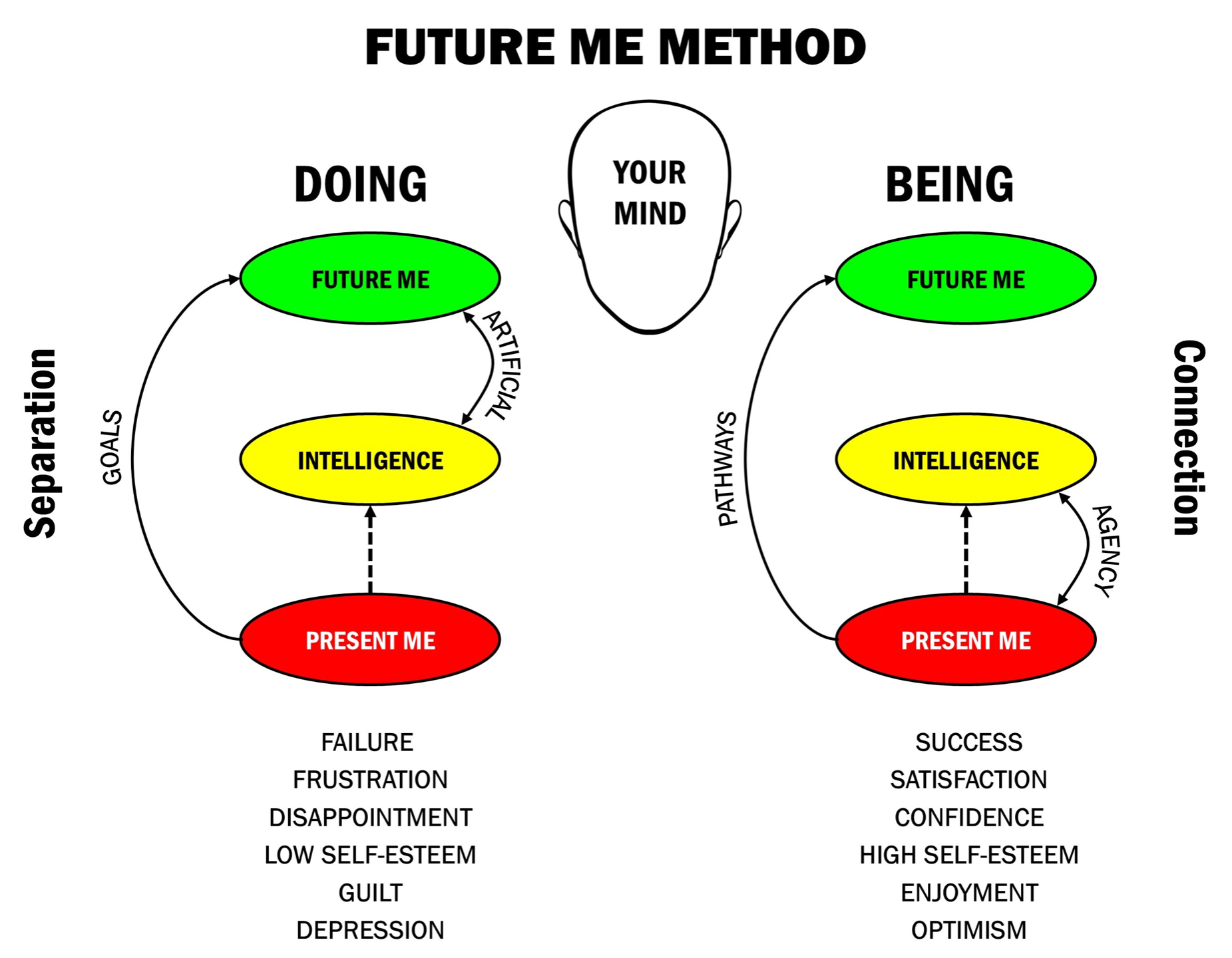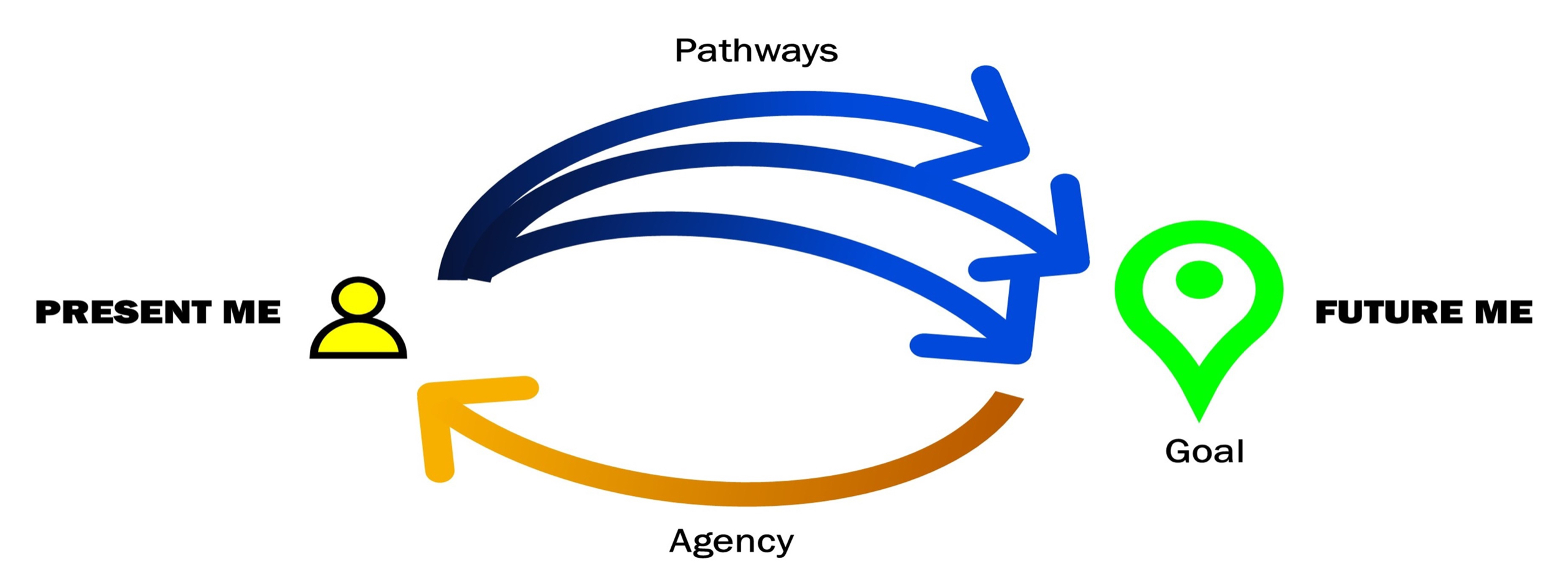
Future Me Now
PATHWAYS
We seek out and identify multiple pathways to our goals, pick the most appropriate routes for our situation and monitor our progress over time. There are the plans that carry us forward, but we're aware that obstacles can arise at any time. So we remain curious and open to finding better paths to our hopeful goals.
Take Winston Churchhill for an example; did you know that he failed sixth grade or that he was defeated in every election for public office until he finally became the British Prime Minister? He is now known as one of the world's greatest leaders. What was his mindframe? Do you think he said to himself, "wow! That was a horrific failure; I am never going to run for public office ever again!" No. Instead, Churchhill embraced failure and created new pathways
Pathways are all about optionality, knowing that there are many different routes we can take to reach our goals. When it feels like there’s only one path we can take to reach a goal, it feels like we’re walking a tightrope. One wrong move and we’re toast. But when we know there are countless paths we can take to reach our destination, it’s easy as a Sunday drive. Doesn’t matter if there’s some road construction along the way, because there are plenty of other streets we can take to get there.

Pathways thinking is a way of seeing your life and the world as a collection of unfolding stories. Each choice you make, from the coffee you buy to the way you commute, is a pen stroke in a larger narrative. These small actions create personal and collective routes that lead toward different futures.
The Future Me Now is a mental model that helps you recognize your own agency, the power you hold to shape the direction of your life. It connects your daily routines to grander outcomes, showing you how the fabric of tomorrow is woven into the threads of today.
At its foundation, this way of thinking is about understanding how you make your decisions. Every day presents a series of junctions. For instance, the choice to repair a piece of clothing instead of replacing it is a single action. This action, however is part of a larger pathway toward a lifestyle of resourcefulness.
The Future Me Method allows you to see these connections, turning seemingly minor choices into meaningful acts of construction. It is the practice of asking, “Where does this action lead?” and recognizing that you are, in every moment, an architect of what comes next.
This perspective of our future transforms your mind from a distant, overwhelming vision into a series of tangible, manageable steps. It moves the conversation from abstract global problems to the concrete reality of any area in your life. Seeing your life from a perspective of your hope provides a sense of purpose and clarity, revealing how your personal story is connected to other people's story.



